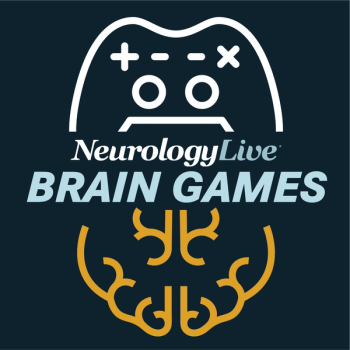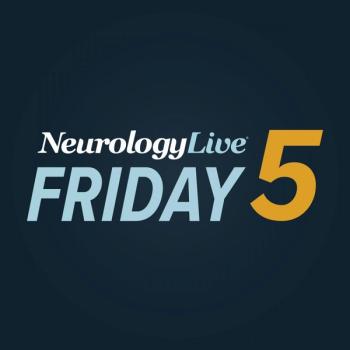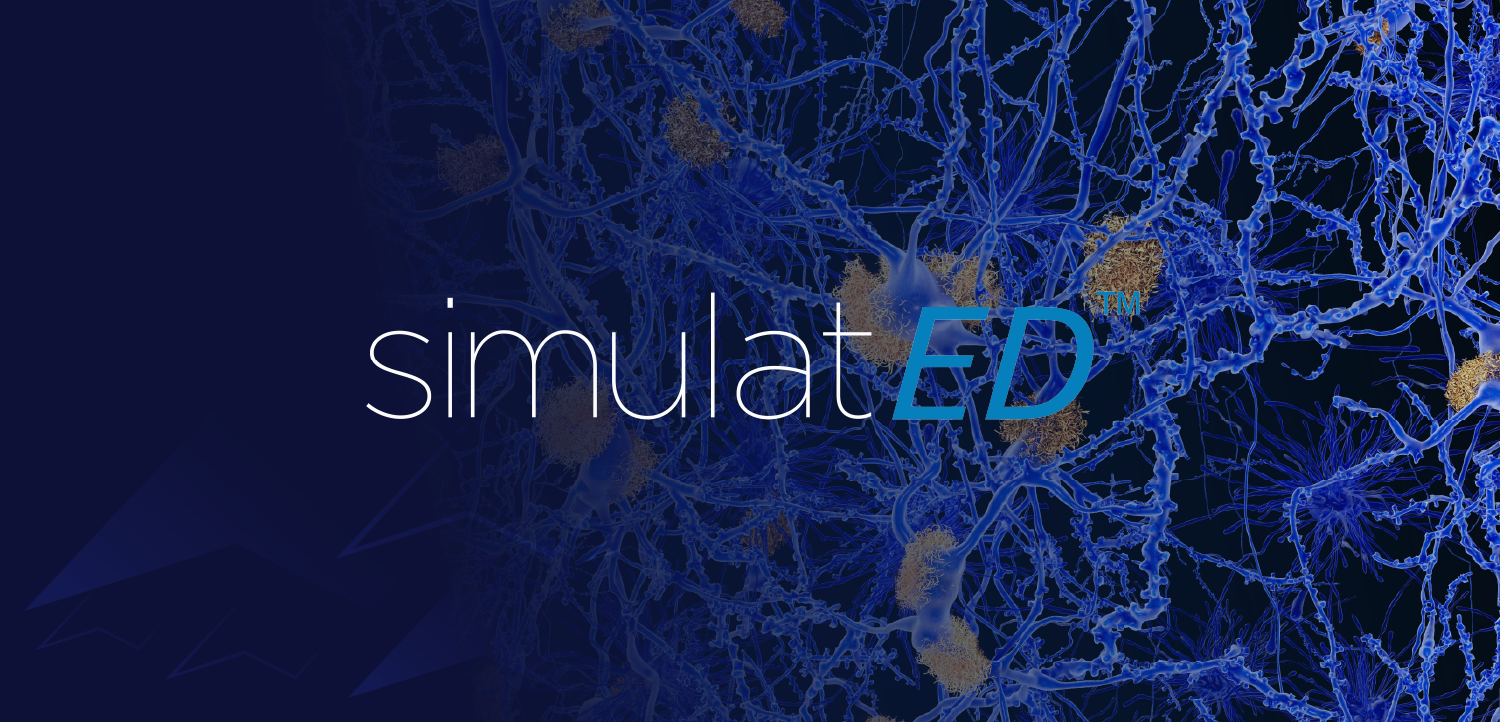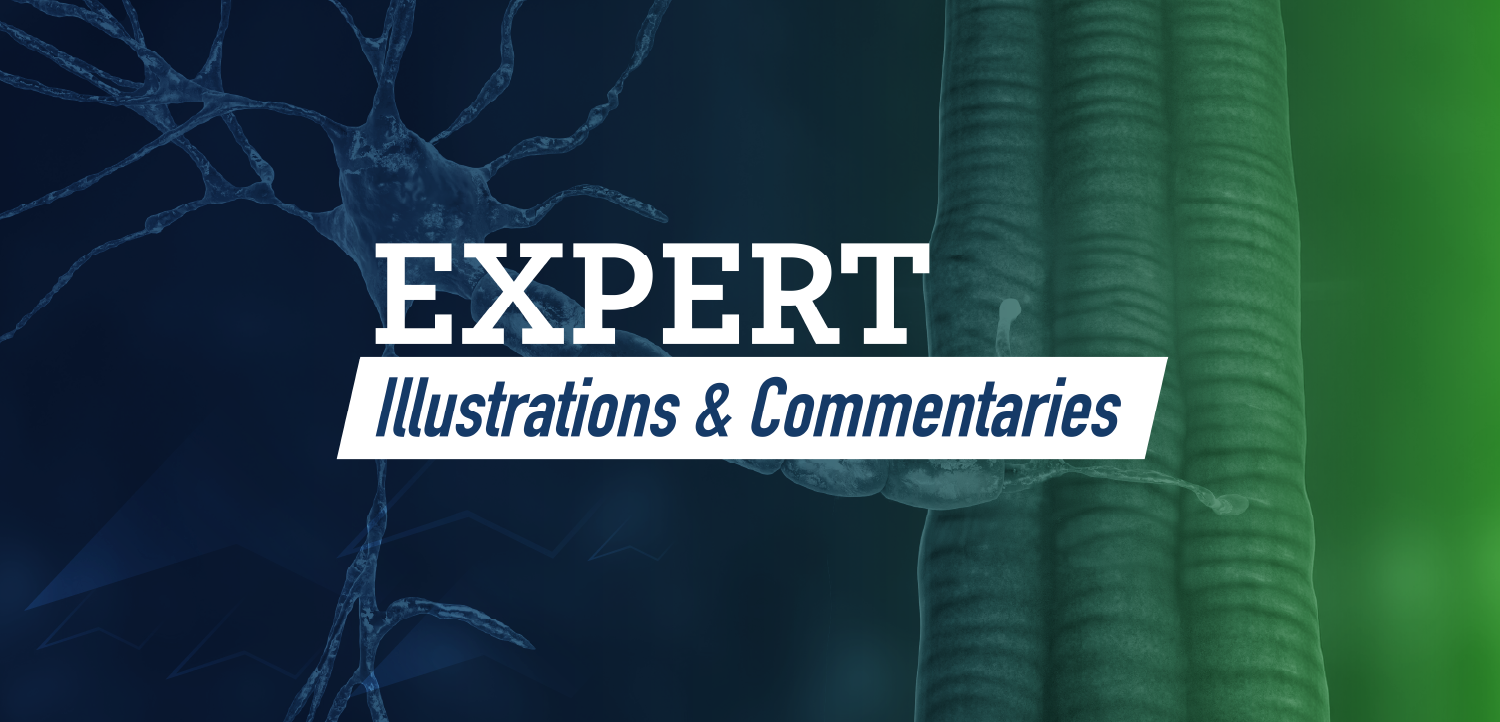
New Published Guidance Provides Insights on Appropriate Use of Imaging Tests for Diagnosing and Managing Alzheimer and Related Dementia
Key Takeaways
- Updated guidelines categorize clinical scenarios for amyloid and tau PET imaging as "appropriate," "uncertain," or "rarely appropriate."
- PET imaging is recommended for evaluating mild cognitive impairment, uncertain dementia causes, and treatment eligibility.
The primary audience for the new appropriate use criteria is dementia specialists who dedicate a substantial portion of their clinical practice to treating patients with cognitive concerns.
Since the initial appropriate use criteria (AUC) for amyloid positron emission tomography (PET) were introduced in 2013, a multidisciplinary workgroup has now published an updated guidance on the appropriate use of amyloid and tau PET imaging in patients with Alzheimer disease (AD) and related dementia. Published in Alzheimer’s & Dementia and the Journal of Nuclear Medicine, the updated AUC are aimed to assist clinicians determine when amyloid or tau PET imaging can aid in diagnosing and managing patients with, or at risk for, cognitive decline, and also emphasizing situations where PET scans are unlikely to offer meaningful clinical value.1
The workgroup, organized by the Alzheimer’s Association and the Society for Nuclear Medicine and Molecular Imaging (SNMMI), identified key research questions to guide a systematic review of clinical amyloid and tau PET imaging. Using a modified Delphi approach, the group developed 17 clinical scenarios in which these imaging techniques could be considered “appropriate,” “uncertain,” or “rarely appropriate.”For amyloid PET, 7 scenarios were classified as appropriate, 2 as uncertain, and 8 as rarely appropriate, and for tau PET, 5 scenarios were considered appropriate, 6 uncertain, and 6 rarely appropriate.
"I really thought the multidisciplinary group assembled by the SNMMI and the Alzheimer's Association exemplifies what we are doing—and what we need to continue doing—in the real world, which is bringing together people from all these disciplines. All of our expertise is focused on helping patients with neurodegenerative diseases, including radiology, nuclear medicine, and, of course, dementia experts. And that obviously includes geriatric medicine and the neurology community as well. We know there's a whole team involved—nurse practitioners, too—who are crucial to our efforts," Phillip Kuo, MD, PhD, FACR, professor in the department of diagnostic radiology at City of Hope, told NeurologyLive® in a recent interview.
"The anti-amyloid antibody therapies have really changed everything. We added those scenarios to these appropriate use criteria because you have to confirm the presence of the amyloid biomarker before administering the antibody that targets it. It makes sense, but tau imaging really helps. Amyloid is necessary but not sufficient for diagnosing AD," Kuo said. "In these challenging or uncertain cases, think of our PET scans as providing biomarker analysis with spatial distribution—we can tell you which parts of the brain are involved. As you can see, this is particularly useful for staging with the tau biomarker."
The strongest evidence for the use of amyloid and tau PET imaging included evaluating and predicting outcomes in patients with mild cognitive impairment, assessing those with dementia when the underlying cause is uncertain, and determining eligibility for new disease-modifying treatments as well as monitoring patient response to these therapies. In most instances, these tests should not be used for patients without cognitive impairment, even if they carry the APOE4 gene associated with AD risk, for nonmedical purposes such as legal issues, insurance, or employment screening, or as a substitute for genetic testing in patients suspected of having a disease-causing genetic mutation.
“These new criteria focus on optimizing patient care,” Kevin Donohoe, MD, chair of the Committee on Guidance Document Oversight at SNMMI, said in a statement.2 “They will help providers determine the most effective use of these important PET tracers as well as describe clinical scenarios that are not likely to benefit from PET imaging. The AUC also discuss the use of PET imaging for determining eligibility for newly introduced dementia treatments and for following treated patients for response to therapy. It is also expected these AUC will reduce the need for less specific diagnostic testing and provide guidance for safety considerations.”
“Amyloid and tau PET can support and enable earlier and more accurate diagnosis, which is essential to high quality care and treatment for dementia, providing appropriate support services and future planning. The clinician should also take into consideration the person’s cognitive status and age, and work with the patient and family to decide whether these tests will be helpful,” lead author
The AUC advises that dementia specialists should use amyloid or tau PET only when the results will directly influence patient care, such as identifying the causes of cognitive issues and determining treatment eligibility. Other valid uses included reducing the need for additional diagnostic tests and supporting decisions related to patient safety, such as independent living and driving.3
“The field of dementia diagnosis and treatment is evolving rapidly, and this report incorporates the latest data and technological advances in recommending the best use of amyloid and tau PET. These imaging tests can also be compared to other emerging technologies, such as blood tests,” coauthor Maria C. Carrillo, PhD, chief science officer and medical affairs lead at Alzheimer’s Association, said in a statement.1 “Neurologists and other clinicians rely on amyloid and tau PET, and it’s important they have the most up-to-date information on when they should be used.”
REFERENCES
1. Rabinovici GD, Knopman DS, Arbizu J, et al. Updated Appropriate Use Criteria for Amyloid and Tau PET: A Report from the Alzheimer's Association and Society for Nuclear Medicine and Molecular Imaging Workgroup. J Nucl Med. Published online January 8, 2025. doi:10.2967/jnumed.124.268756
2. New Guidance for Gold-Standard Imaging Tests Assists Clinicians in Diagnosis and Management of Alzheimer’s and Other Dementia. News Release. Published January 8, 2024. Accessed January 9, 2024. https://www.alz.org/news/2025/updated-appropriate-use-criteria-amyloid-tau-pet
3. SNMMI and the Alzheimer’s Association Release Updated Appropriate Use Criteria for Amyloid and Tau PET Imaging. News Release. SNMMI. Published January 8, 2024. Accessed January 9, 2024. https://snmmi.org/Web/News/Articles/SNMMI-and-the-Alzheimer-s-Association-Release-Updated-Appropriate-Use-Criteria-for-Amyloid-and-Tau-P
Newsletter
Keep your finger on the pulse of neurology—subscribe to NeurologyLive for expert interviews, new data, and breakthrough treatment updates.



































